18 Reconstruction II: The West
The West
Jim Ross-Nazzal
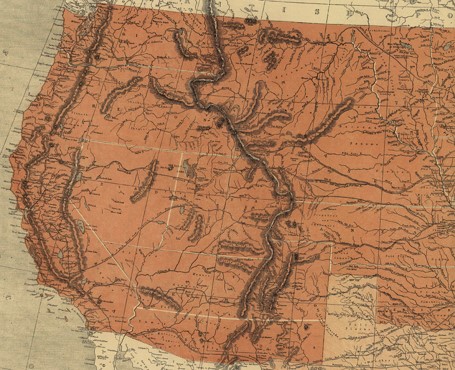
Union troops in the West during the Civil War served two purposes. First, to ensure no Indians would rise up against the Union and second, to watch for Confederate troops trying to launch attacks from the West. During Reconstruction, those battle-hardened troops were sent out West to round up indigenous populations onto reservations. Many were sent to what is today Oklahoma. Some, like the Sioux, were condensed onto land surrounding the Black Hills of the Dakotas, where people like the acclaimed western suffragist leader, speaker and organizer Emma Smith DeVoe and her Civil War veteran husband John moved to from Illinois shortly after the end of Reconstruction.[1]
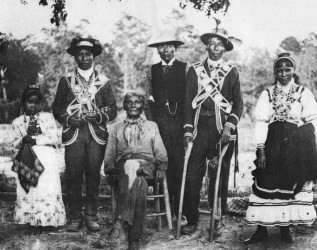
Suffrage and Wyoming seemed to have sprouted simultaneously during Reconstruction. In part, Reconstruction was about creating a mechanism for experiencing equality among the freedmen, from which came the Fifteenth Amendment. Those Reconstruction era debates on equal political rights made their way to Wyoming -itself a Reconstruction reality. Rep. James Ashley (R-OH) and Chairman of the House Committee on Territories submitted a bill in 1865 to create the territory of Wyoming. Wyoming became the first territory where freedmen were allowed to vote thanks to Radical Republicans such as Senator Richard Yates. That happened in 1868.[2] The first territorial governor of Wyoming, John Allen Campbell, had years of experience ensuring the civil rights of the freedmen in Virginia during the early years of Reconstruction and supported Republican ideas on political equality, to the extent of universal suffrage. In 1869 Wyoming became the first territory or state to allow women the right to vote. When Democrats regained control of the legislature and tried to overturn universal suffrage, Campbell vetoed the legislation. There were several possibilities why the people of Wyoming supported woman suffrage: 1) Increase the number of white voters to offset the number of black voters; 2) attract women to move to Wyoming; 3) Increase in voters would “ensure white domination over American Indian nations”; and, 4) they believed in universal suffrage.[3] Not one answer neatly addresses the question. Rather they all dovetail nicely to cover the question of why was Wyoming first?
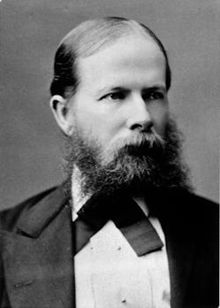
In what became Oklahoma, the Five Civilized Tribes allied themselves with the Confederacy. Cherokee soldiers fought in the Battle of Pea Ridge -a decisive victory for the Union early in the War. John Ross commanded the First Cherokee Mounted Rifles. Others did not directly engage Union troops, but focused on guerrilla attacks and small skirmishes. There were rumors and inflated numbers in northern newspapers of Indians scalping Union troops as well as shooting prisoners. General Stand Watie was the last Confederate general to surrender.[4] These, and other incidents, must have played roles in what is to befall the Five Civilized Tribes during Reconstruction. They backed the wrong horse and will pay for it dearly.
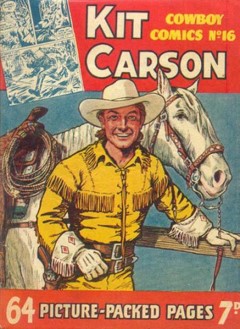
Kit Carson was a well-known explored, adventurer and Indian fighter. He participated in several of John Fremont’s expeditions, including the Bear Flag Revolt. During the Civil War he led a group of primarily Hispanic soldiers who stopped cold the Confederate attempt to take Colorado and New Mexico at the Battle of Valverde. Then Carson launched attacks against indigenous peoples such as the Navajo, Apache and Kiowa. During Reconstruction, Carson took command of Fort Garland in Colorado and acted as an intermediary with the Ute Indians. During the early years of the Cold War, Kit Carson’s fame returned in the form of comic books, coloring books, and a television show. There’s a reason for that. Read the chapter on pop culture and the Cold War to find out what was that reason.[5]
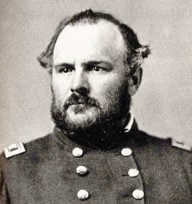
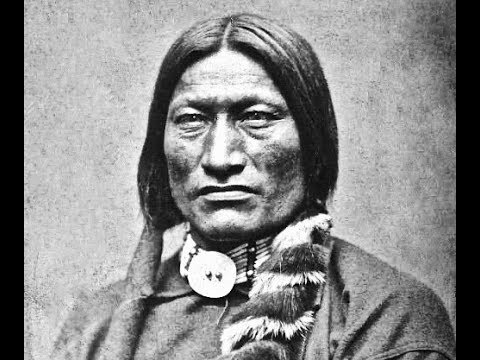
Black Kettle was a Cheyenne chief who was one of the signatories to the Treaty of Fort Wise in 1861. The earlier Treaty of Fort Laramie recognized vast expanses of territory for the Cheyenne and other indigenous people but after gold was discovered in the Rockies, the US government renegotiated the treaty. Black Kettle and other chiefs gave away much of their lands. Some within the Cheyenne, Arapaho, and Lakota peoples disavowed their chiefs for signing that treaty and refused to abide by some of the requirements, such as those pertaining to hunting grounds. Col. John Chivington commanded a home guard in Colorado after Union troops turned back a Confederate invasion of New Mexico. In 1864 Chivington’s men, and civilians, began attacking Cheyenne camps. In Kansas, Cheyenne and US troops were in open warfare after US troops assassinated two Cheyenne leaders, including a signatory of the Fort Wise treaty: Lean Bear.
Black Kettle tried negotiating a peaceful resolution to the hostilities in Colorado. Chivington, however, believed that he had the support of his god to kill all Indians. The governor declared Fort Lyon to be a safe place where friendly, peaceful Cheyenne would find food and protection. Then Black Kettle was ordered to relocate his people to Big Sandy Creek. Black Kettle flew the US flag and a white flag, as ordered to do so by the Fort Lyon commander as Black Kettle led his people to Big Sandy Creek. Chivington took his men to Back Kettle’s encampment and ignoring the US and white flags, ordered at attack. “I saw one squaw cut open with an unborn child lying by her side,” said one observer.[6]. Mostly women and children were killed. Chivington’s men killed the wounded and scalped many of the dead. Chivington received a condemnation but was not charged with any of the reported crimes such as genital mutilation and killing infants.[7]
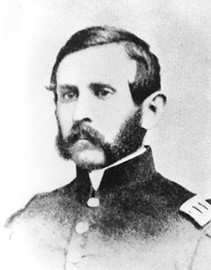
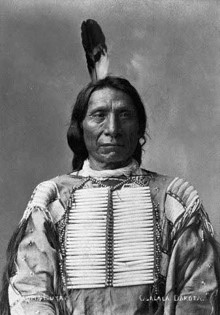
Fort Phil Kearny was established along the Bozeman Trail to protect settlers between Montana and the Oregon Trail. Red Cloud, an Oglala Lakota chief, led a two-year long war (1864-1866) against US military personnel in the territories of Wyoming and Montana. In December of 1866, a Oglala Sioux leader named Crazy Horse lured a military detachment from Fort Kearny, led by Captain William Fetterman, in to ambush. The entire detachment was killed. The death of 81 servicemen would be the greatest loss of life by the US Army until June of 1877.
The “Fetterman Massacre” resulted in US troops withdrawing from the area and a new peace treaty being drawn up, the Treaty of Fort Laramie. This took place during the early years of Reconstruction. After the Civil War, Americans migrated West in ever greater numbers. Montana contained gold fields and so a trail was established to protect the miners and their families between Montana and the Oregon Trail, the route most Americans traveling west along a northern route took. But Reconstruction out West meant “renegotiating” treaties with Indians, ultimately to the demise of native lands while congregating Indians on reservations. Although this had been official US policy since the Indians Appropriations Act of 1851, the rate of placing Indians on reservations sped up during Reconstruction in order to give access to land to more Americans and to keep Indians in central locations, ostensibly out of the way of American settlers.
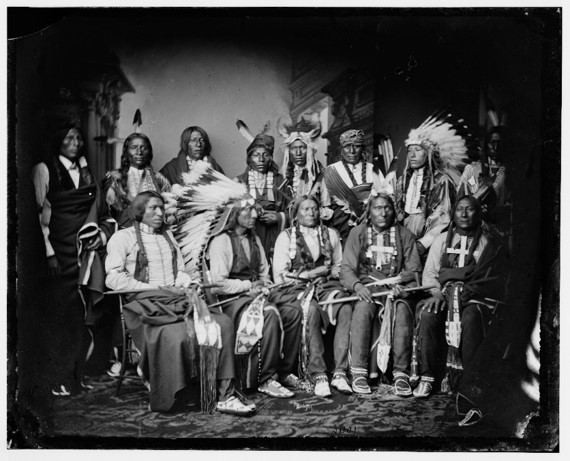
In 1867 Congress created the Indian Peace Commission to be the official arm of Congressional negotiations. The Medicine Lodge Treaty was one of those treaties. The Medicine Lodge Treaty consisted of three treaties with the Kiowa and Comanche, Kiowa-Apache, and the Cheyenne and Arapaho. Their lands were dramatically shrunk. Some would be provided dwellings while others (Cheyenne and Arapaho) would be allowed limited hunting rights. These reservations were located in Oklahoma and Kansas territories. The Medicine Lodge Treaty is an example of the US government’s successful attempts to further restrict Indians’ movements and place them on smaller and smaller tracts of land.
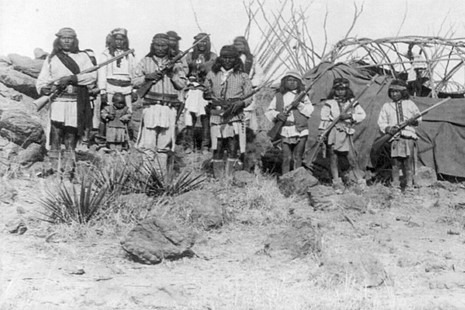
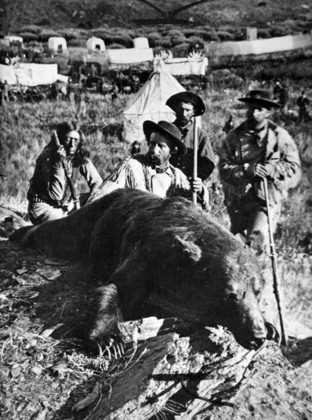
Another example of the US Army’s attempts to keep the indigenous populations on their respective reservations on what is today Oklahoma and the violence associated with the US military presence is the Army’s assault on a village under the control of Black Kettle near the Washita River in Oklahoma. George Armstrong Custer, a survivor of the three-day Battle of Gettysburg, was commanding the 7th Cavalry and in pursuit of a group of suspected Indian raiders. The trail ended at one of Black Kettle’s villages. In the early hours of November 27th, 1868, the 7th Cav attacked. Black Kettle had been suing for peace and had nothing to do with the alleged raiding party Custer ad his men were looking for. Nevertheless, the 7th Cav wiped out the village, killing many women and children, including Black Kettle and his wife Medicine Woman. Custer continued his campaign against suspected raiding parties in particular and indigenous villages in general, until April of 1869. Custer made a name for himself during this time. The historical significance of this military event forced more Cheyenne onto reservations.
Within proximity to present-day Tucson Arizona was Camp Grant. The post was strategic to protect major routes and towns in the area to include access to Mexico (to go after the Apache) and for the developing town of Tucson. Starting in 1871, Apache and other Indians began coming to the fort. Tired of fighting, looking for lost relatives, or just hungry, the post commander gave them food and allowed them to live around the fort once they were all disarmed.
There had never been love lost among the residents of Tucson for Camp Grant believing that the soldiers did little to nothing to protect Tucson. In April of 1871 some residents of Tucson took it upon themselves and with a small band of Papago Indians, the group attacked the disarmed and otherwise peaceful Indians living around Camp Grant, some 50 miles or so away. All of the Pinal-Aravaipa Indians were slaughtered. Eventually 100 Tucson residents will be charged with the massacre after President Grant demanded law and order in the territory. But all will be acquitted.
Americans mined for gold in the Black Hills of what is today South Dakota (and a bit into Wyoming). The major town for this activity was called Deadwood. Before that came to be, Custer and his 7th Cav was ordered to survey parts of the Black Hills in the summer of 1874 and to look for a sight to build a new fort. And, to check out rumors of gold in the area. Those rumors turned out to be true and by 1875 there were about 5,000 people living in Deadwood shortly there after with a denouement of 25,000 by 1876. That is a gold rush. Deadwood, however, was an illegal settlement according to the Treaty of Fort Laramie. But what were the Sioux to do? If they attacked the illegal settlement then the US government would respond with an even greater military presence, thus for the most part the Sioux lived with the reality of a major US city within their presence and that the Black Hills was a sacred place for the Sioux only must have made the issue worse.
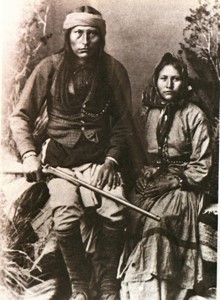
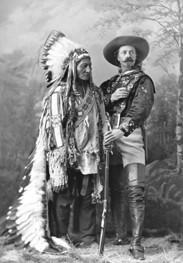
The “Indian War” transpired in all corners of the American West. Cochise lead a subgroup of Apache Indians. Their territory stretched from Sonora, Mexico into present day Arizona and New Mexico. Elements of the US Army, during the Civil War, attempted to stop the Apache raiding parties. During Reconstruction, General O.O. Howard was tasked with finding Cochise, which he did in 1872. Howard was later sent into Idaho to round up Chief Joseph and the Nez Perce. Another Apache leader, Geronimo, led assaults against US Army installations in the Southwest. He surrendered thrice. Left the Apache reservations two times to take up arms against the US, and eventually surrendered for good in 1885.
Sitting Bull was a Lakota leader. He resided, at times, on the Sioux reservation. Sitting Bull will meet and form a business relationship with Buffalo Bill Cody. Cody rode for the Pony Express, served in the Civil War, and was a western icon. He dressed the part. He spoke the part. And he created the Wild West Show, which, in 1885, included Sitting Bull. Sitting Bull resided in Minnesota. In 1862 some Sioux warriors began attacking Americans, killing several hundred. Sitting Bull did not participate in the attacks. However, when the US government retaliated, Sitting Bull came to the defense of his people. He and the Lakota and Dakota Sioux lost and were pushed out of Minnesota. Sitting Bull did participate in the fighting between Red Cloud and the US Army during Reconstruction and refused to acknowledge the Fort Laramie treaty of 1868 because the treaty removed land from the Sioux in exchange for US forts to be abandoned along the Bozeman Trail. Sitting Bull continued to lead a guerrilla war against Army and civilians. During the last years of President Ulysses S. Grant’s first term in office, he declared that all Sioux residing outside of the Sioux Reservation to be “hostile” which resulted in the US Army focusing their efforts against Sitting Bull, trying to get him to surrender and move back to the Reservation. Fighting between Sitting Bull’s people and the US Army in 1876 is known as the Great Sioux War.
Bill Cody was born in what is today Iowa -at that time territory considered to be part of the frontier. At 11, when his father died, Cody took a job delivering messages among employees along freight trains. This was done on horseback. Cody quickly became a proficient rider and was hired as an unofficial scout for an Army unit’s travels to Utah territory when he allegedly was involved in the Utah War and killed his first Indian. “So began my career as an Indian fighter,” Cody wrote in his autobiography, Buffalo Bill’s Own Story of His Life and Deeds (1917).[8] He then rode for the short-lived Pony Express. In 1863 Cody enlisted in the Union army. He served, in various capacities loading and unloading freight, until the end of the War, where he picked up his old career of being a scout, then reenlisted in the Army where he will be awarded the Medal of Honor for his actions during the Indian Wars of 1872. This “Indian fighter” later talked the Sioux leader and icon of the West, Sitting Bull, to join his Wild West show. That was nine years after the Battle of Little Big Horn (see below). “Foes in ’76 – Friends in ’85” was one of the mottoes Buffalo Bill used in promoting Sitting Bull’s relationship with himself. Cody allegedly scalped a Cheyenne warrior in a different battle, also in 1876. More on Buffalo Bill’s Wild West and Congress of Rough Riders of the World in the chapter “Manifest Destiny Realized.”
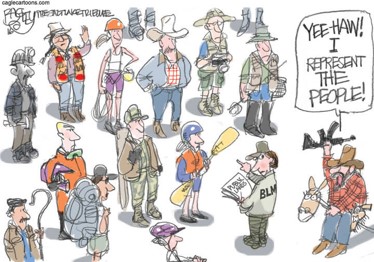
Out West, ranchers believed that farmers should erect fences to keep any livestock out of their farmland while farmers believed ranchers would pen their livestock. Sometimes land companies tried to evict decades-long squatters. Or, families fought against each other. Frontier violence among civilians during Reconstruction (and into the 20th century) were known as Range Wars. Range Wars between farmers and ranchers dwindled when Joseph Glidden, a local politician/banker/educator in Illinois, created barbed wire -a cheap alternative to wooden fences.
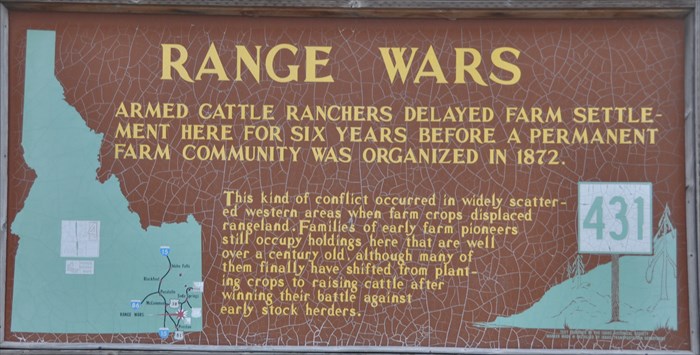
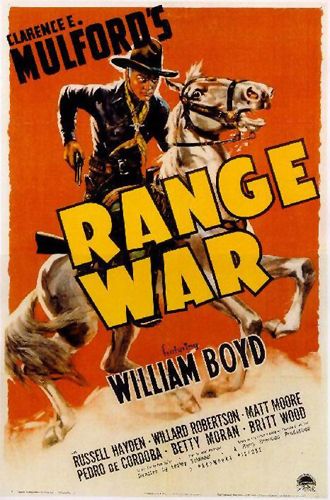
One example of a range war took place in present-day New Mexico when foreign owners of the old Maxwell Land Grant tried evicting farmers and miners who had been squatting on the land. The Colfax County War (1873-1888) began when Dutch investors bought the Maxwell Land Grant:
“One of the first items on the Grant owners’ agenda was the removal of the squatters who had moved on the grant during the past 30 years. The farmers and miners who had settled on the grant had held a grudging respect for Lucien Maxwell, but they felt no such loyalty to the absentee foreign firm. The settlers, having invested their lives and money into homes and businesses were not prepared to leave, especially in view of the contested title Maxwell had conveyed.
In an effort to remove the settlers from their property, grant officials, in league with a group of lawyers, politicians, and businessmen known as the Santa Fe Ring, began making false allegations against locals.”[9] On the side of the farmers and miners was Reverend Oscar Patrick McCains. He “took up the holy war, urging in a public speech, ‘Defiance! And Contempt for that which is Contemptible.’ Further, he wrote, ‘The war is on; the precious blood of settlers has been shed, and we must fight it out on this line. No quarter now for the foreign land thieves and their hired assassins…'”[10] Leaders on both sides were killed (lynched at times), including the popular minister Franklin James Tolby. “Violence, lawlessness, and apprehension fed the residents and many packed their belongings and left the area. At one time, guards were posted at all entrances to Cimarron and no one was allowed to leave town without the Colfax County Ring’s permission. By November 9, 1875 the Santa Fe New Mexican informed the public that Cimarron was in the hands of a mob. The Reverend McMains [a friend of the murdered Tolby] was the self-appointed commander of the vigilantes.”[11] The territorial governor granted the owners the right to remove anyone from the property who was not paying rent or who was not purchasing land. “Sheriffs served eviction notices and further retaliation began. Grant pastures were set on fire, cattle rustling increased and officials were threatened at gunpoint. Grant gang members made nighttime raids of area homes and ranches with threats of violence to encourage their cooperation with the grant owners. It is estimated that as many as 200 people were killed in the Colfax County War.”[12]
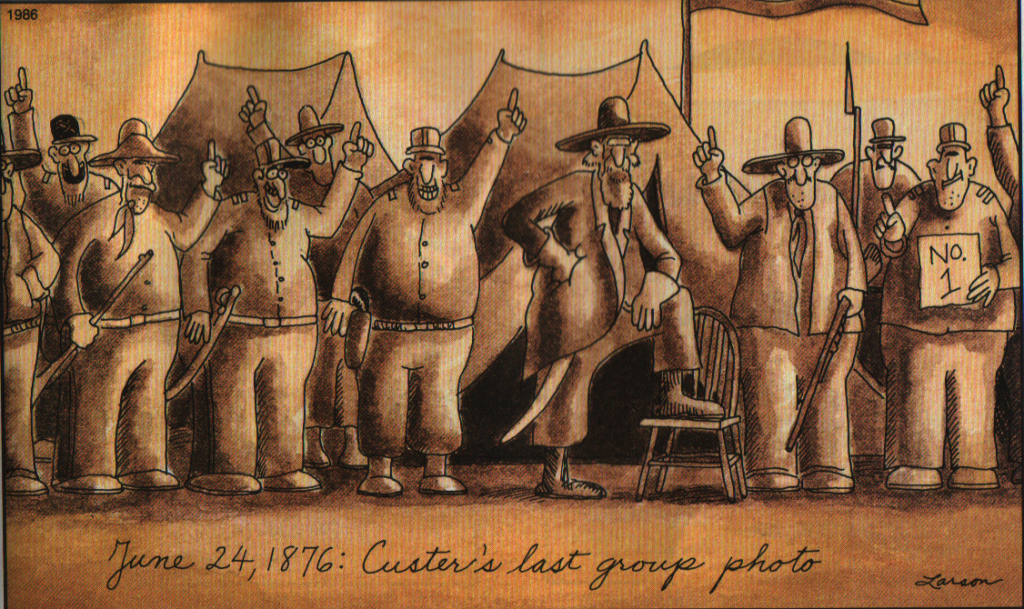
Custer had been successful in fighting and rounding up Indians, including Black Kettle’s people at the Battle of Washita River in 1868 and in 1874 in the Black Hills of the Dakota Territory. In the early June of 1876, elements of the US Army were on campaigns in the northern plains to force the Lakota Sioux, and others, back onto their reservations. At this same time, the Sioux were performing the Sun Dance -a central religious activity when various indigenous peoples pray for communal and individual healing, promises of sacrifice on behalf of the community. Sioux and Cheyenne left their reservations to participate in the Sun Dance. However, the Sun Dance was prohibited by the US government. A surprisingly (to US officials) large conflagration of Sioux and Cheyenne were participating in the Sun Dance. Near Rosebud Creek, in the Montana Territory, American soldiers clashed with Sioux and Cheyenne. American troops were initially overwhelmed but after hours of offensives and counter-offensives, the US troops pushed the Sioux/Cheyenne off the battle field., but after taking heavy losses. One of the Lakota Sioux leaders in this battle was Crazy Horse.
Meanwhile Custer and his 7th Cavalry were patrolling between the Rosebud and the Little Bighorn River in search of those withdrawing Indians. On June 25th, Custer believed that his position had been compromised and so he ordered an attack against a Sioux village. The Sioux encampment was the largest that some of Custer’s scouts had ever seen. Nevertheless, believing that God was on his side and wanting to destroy the villagers before there were able to break camp and disperse from the area, Custer ordered the attack. Custer had nearly 600 men but the Sioux/Cheyenne forces were probably round 2,000. Custer underestimated the size of the enemy. Custer and his men were overwhelmed. As every US soldier who followed Custer to his “Last Stand” was killed, there is little evidence from the American side as to what happened to Custer. Except, that he and his men were wiped off the face of the Earth. Sioux accounts of what happened to Custer and his men diverge from one another. Sitting Bull and his followers fled into Canada.
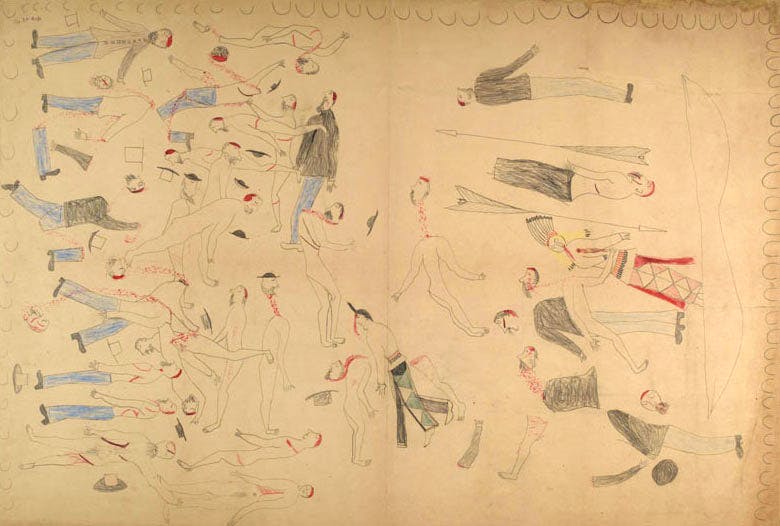
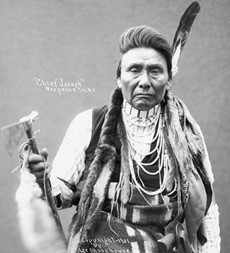
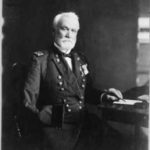
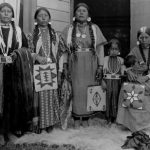
Chief Joseph was the leader of the Nez Perce, who originally lived near the confluence of the borders of Washington and Oregon, were placed in a reservation in Idaho. Some of Chief Joseph’s people refused to move or began leaving the reservation when Chief Joseph decided to lead his people to Canada to seek asylum akin to that of Sitting Bull and his people.
General O.O. Howard, a Civil War veteran who lost his right arm and who Howard University is named after, was ordered to round up the Nez Perce. For nearly 1,200 miles US soldiers and Nez Perce warriors fought as Chief Joseph and his followers fled towards Canada. The late Fall weather was brutal and took a toll on the weakest of the Nez Perce.
Joseph knew he could not make it and so h surrendered on October 5th, 1877 to Howard but first making an impassioned speech, which included these iconic sentiments:
“The old men are all dead. It is the young men who say yes or no. He who led on the young men is dead. It is cold, and we have no blankets; the little children are freezing to death. My people, some of them, have run away to the hills, and have no blankets, no food. No one knows where they are – perhaps freezing to death. I want to have time to look for my children, and see how many of them I can find. Maybe I shall find them among the dead. Hear me, my Chiefs! I am tired; my heart is sick and sad. From where the sun now stands I will fight no more forever.”
Howard took Chief Joseph and his people to Oklahoma. While most of the Nez Perce will be allowed to return to their ancestral lands, the US government will not allow Chief Joseph to do so. Chief Joseph died in the Colville Reservation in northeast Washington in 1904.
American culture (and the economy) began changing in the 1870s. A survivor of the three-day Battle of Gettysburg, Abner Doubleday, claimed to have created American baseball and taught the game to US soldiers where ever he was stationed from Mexico (during the Mexican American War) to Pennsylvania (before and after the Battle of Gettysburg). Doubleday created a baseball league called the National Association, in 1871. The National Association failed in part because teams existed in towns that were too small to support teams and there were too many teams so localities had competing interests. Examples of teams from the National Association included the Chicago White Stockings, Boston Red Stockings, Forest City of Cleveland, Athletics of Philadelphia, Ft. Wayne Kekiongas and the Troy Haymakers. One of the players was Albert Spalding, who played for Boston. Spalding was another survivor of the Battle of Gettysburg and a long time associate of Doubleday.
Doubleday and Spalding rethought their idea and launched the National League in 1876. Fewer teams and located in larger cities. There would not be any games on Sundays and there would not be any whiskey sold at the games. Years later the American League would come into existence and they would play games on Sundays and they would sell alcohol. While the former tried to attract more of a sober, Middle Class, “native born” following, the American League targeted both the working poor and immigrants.
Albert Spalding noticed that young boys came to the games with their homemade gloves and bats. The boys chased after the balls that flew over the heads of players, once securing their trophies, they played catch and hit the balls around. Spalding was making some money as a player/owner but he sold his stocks in the game and launched a company that initially made and sold baseball gloves, baseball bats, and baseballs. Spalding is the oldest sporting goods company in the US, now selling a wider range of sports equipment from athletic cups to volley balls.
The rise in the popularity of baseball suggests two things. First, the American economy was getting better because people could afford to purchase not only tickets to the games but all the equipment that Spalding (and others) were selling. Second, there’s the rise of a youth culture. As the economy is getting better, and parents do not necessarily need their sons to work outside of the home, at least on days of baseball games, more and more kids are playing. Play is an important part of development and playing baseball is a beginning of a youth culture that will continue to develop into a teen culture by the 1950s (led in part by Dick Clark).
Years later baseball officials will want to write their history. Albert Spalding is selected to head the committee. Spalding concludes that modern, American baseball was the creation of his old (then deceased) boss/business associate/fellowCivil War veteran/fellow survivor of the Battle of Gettysburg Abner Doubleday.
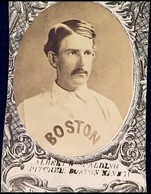

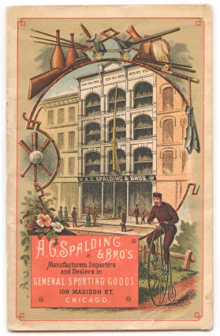
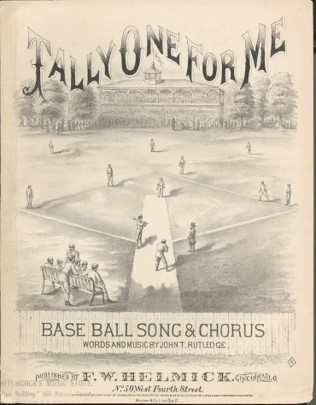
And while all of these things were going on, political intrigue captured the attention, and anger, of the American electorate. 1876 was a presidential election year after all.
As with the other chapters, I have no doubt that this chapter contains inaccuracies. Please point out any inaccuracies to me so that I may make this chapter better. Also, I am looking for contributors so if you are interested in adding anything at all, please contact me at james.rossnazzal@hccs.edu.
- For information on their life in early 1880s Dakota Territory, see the first few pages of Chapter titled "Addressing the Success and Excess of the Gilded Age: The Progressive Era (1880s-1920)" ↵
- "So Great An Innovation" Woman Suffrage in Wyoming," in Equality at the Ballot Box ed. by Lori Ann Lahlum, p. 39. ↵
- Ibid, p. 54-55 ↵
- https://newsmaven.io/indiancountrytoday/archive/how-the-cherokee-fought-the-civil-war-qYH_QooMBEmOp2vYa6_AIQ ↵
- "The Adventures of Kit Carson" ran from 1951 to 1955. In the television show he rode a horse named 'Apache.' In 1933 there was a 12-episode movie serial called "Fighting with Kit Carson." ↵
- Helen Hunt Jackson, A Century of Dishonor, p. 344. ↵
- https://www.nps.gov/sand/learn/historyculture/black-kettle-biography.htm and https://www.pbs.org/weta/thewest/people/a_c/blackkettle.htm ↵
- p. 41 ↵
- https://www.legendsofamerica.com/colfax-county-war/ Last viewed 1 Jan 2020. ↵
- Ibid. ↵
- Ibid. ↵
- Ibid. ↵
